Traditionally Speaking
Diwali is marked by lights, colours and flavours. We speak to artists, designers and chefs on the significance of each of these elements
Written by Shiny Varghese , Pallavi Chattopadhyay , Dipanita Nath , Damini Ralleigh | Published: November 7, 2018 2:03:40 am
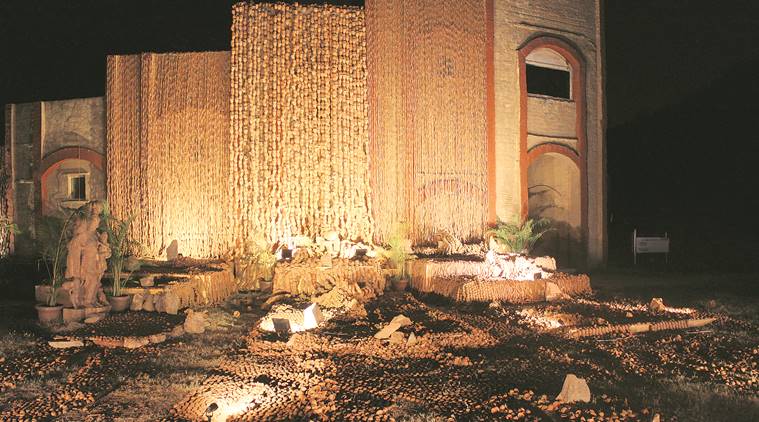
Artist Manav Gupta’s work Ganga Waterfront is made of diyas
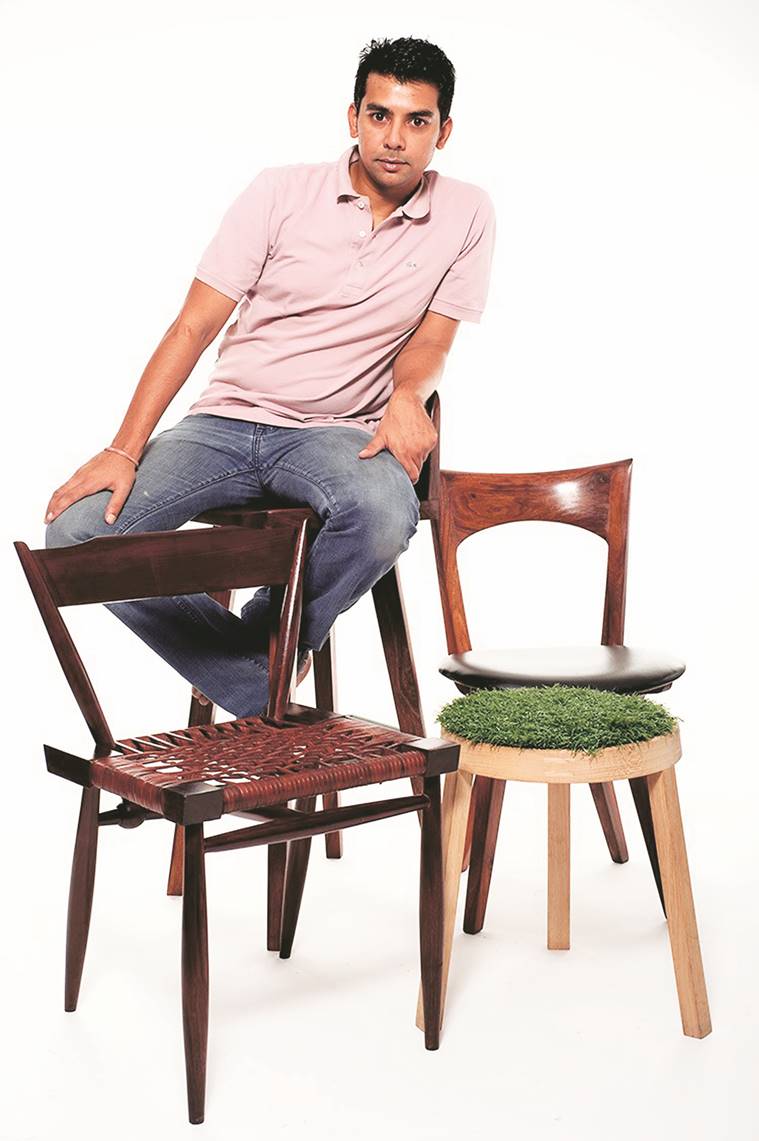
Ayush Kasliwal
Designer
Designer
During Diwali, a door or the entrance to a home serves more than its function, it’s an experience. There are torans hung, diyas lit and rangolis drawn. Usually made from the five sacred trees that are evergreen, including ashoka and mango, the leaves are garlanded with marigold flowers. The idea of decorating doors is about welcoming gods and people. In traditional homes, we have two-leaf doors, which open on the inside as a welcoming gesture to a guest. The rangolis, diyas and flowers that dress the lintels are both symbolic as well as cultural. In fact, during Diwali, the focus of the decoration is on the entrance, not so much on the interiors of the house. We even believe that the doors shouldn’t be locked and the lights should stay on. The door, therefore, becomes an active participant in festive celebrations. It moves from being just a transitional space to a spiritual environment.
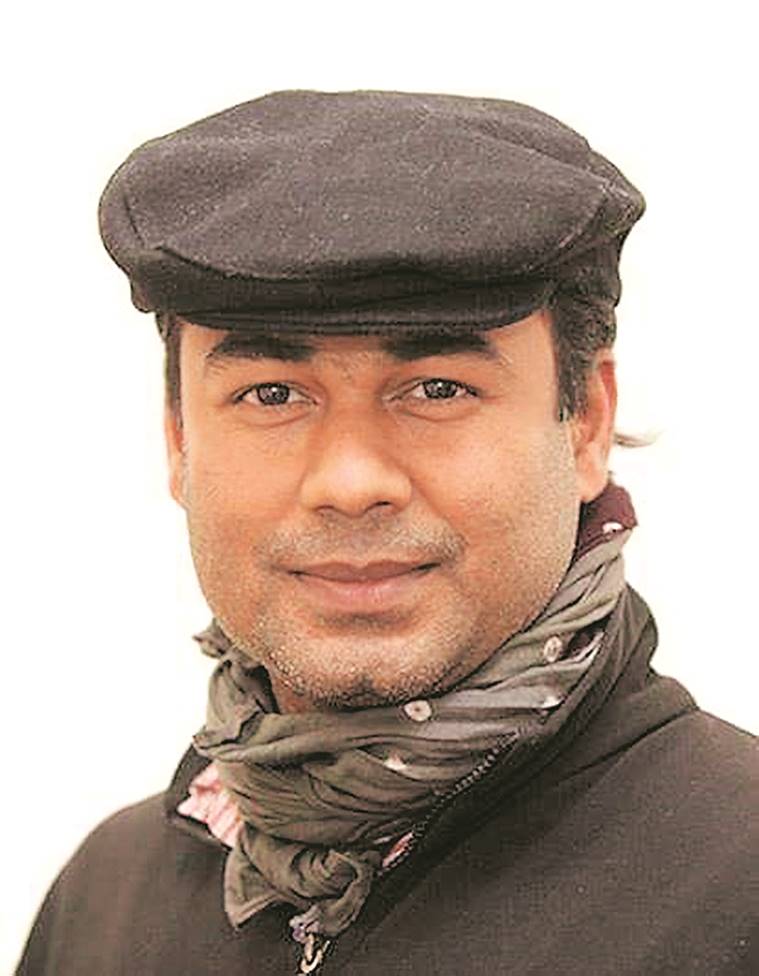
Deepankar Paul
Scenographer & creative designer, NSD
Scenographer & creative designer, NSD
In theatre, the use of light and colour is to set the mood, give a glimpse into the minds of characters or show the meaning of a scene. The way we use light and colour in festival has a more philosophical, psychological and emotional depth as it is associated with human bonding. Every colour is present in the human body — from the purple bruises to the red blush of love or anger to the white pallor of death. We have, since time immemorial, equated light with purity, goodness and power. The existence of light means the non-existence of darkness. We celebrate Diwali on the night of amavasya, when the moonless night is at its darkest. The next day, a new phase of the moon will begin. On Diwali, we want to remove evil power, darkness and negative energy. We want to progress on the path of hope and prosperity, which is why we use so many diyas and strings of light. We want to banish all negative energies. The festival starts the moment light arrives amid darkness.
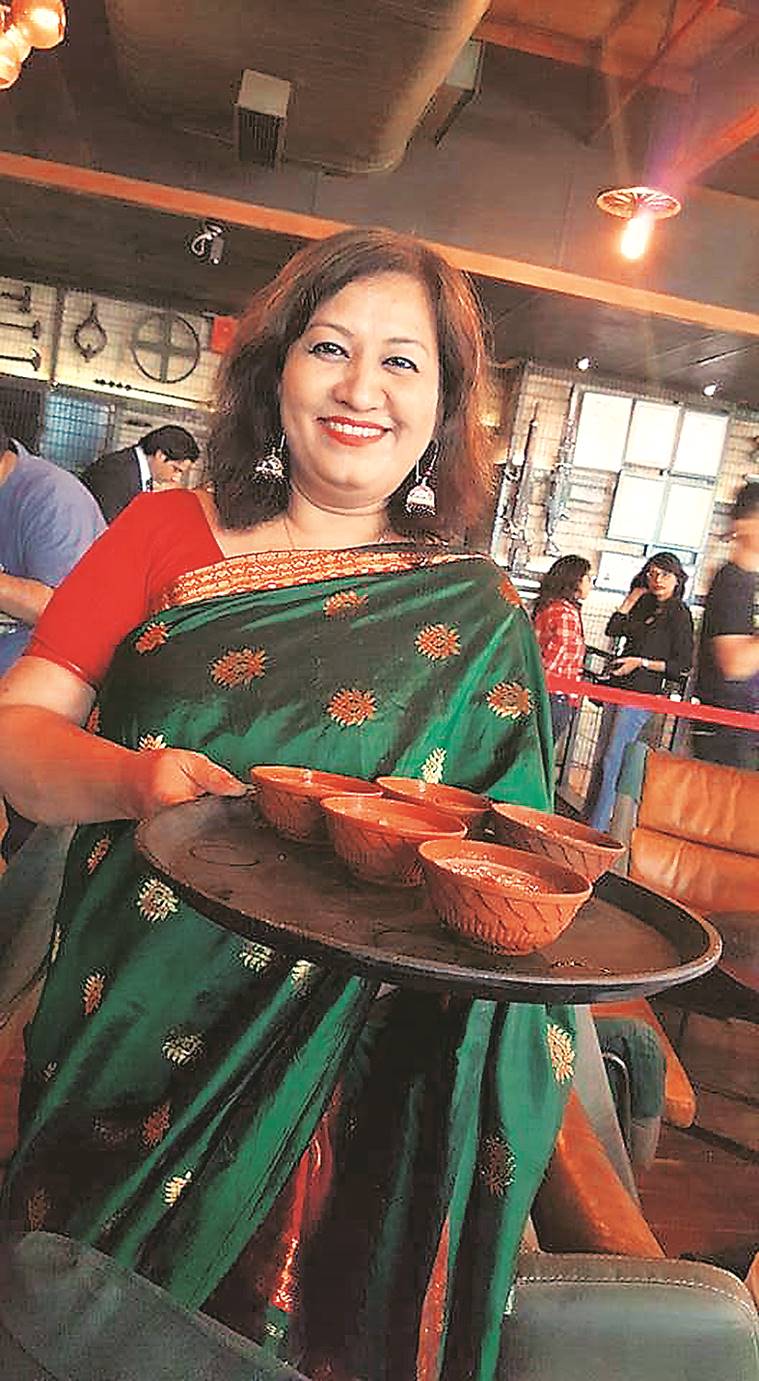
Sneha Saikia
Chef and Food Influencer
While the tribals do not celebrate Diwali in Assam, the influence of West Bengal has ensured the celebration of Kali pujo and Durga pujo among the Hindus in the state. During this time, goats are offered as sacrifice at the Kamakhya Temple in Guwahati and their meat is cooked without onions and garlic to be distributed as prasad. The Assamese people don’t have special rituals or customs for Diwali but most urban parts of the state have begun to celebrate the festival. Houses are decorated with lights, like in other parts of the country, but the Diwali fare — for those who celebrate it — is still Assamese delicacies such as Hanh kumura, which is duck prepared with ash gourd; or Paro mangsho, which is pigeon in black pepper. Our desserts are simple for festivities, we normally prepare kheer or pitha. Pitha is a speciality of Assam and is prepared during several festivals including Bihu.
Chef and Food Influencer
While the tribals do not celebrate Diwali in Assam, the influence of West Bengal has ensured the celebration of Kali pujo and Durga pujo among the Hindus in the state. During this time, goats are offered as sacrifice at the Kamakhya Temple in Guwahati and their meat is cooked without onions and garlic to be distributed as prasad. The Assamese people don’t have special rituals or customs for Diwali but most urban parts of the state have begun to celebrate the festival. Houses are decorated with lights, like in other parts of the country, but the Diwali fare — for those who celebrate it — is still Assamese delicacies such as Hanh kumura, which is duck prepared with ash gourd; or Paro mangsho, which is pigeon in black pepper. Our desserts are simple for festivities, we normally prepare kheer or pitha. Pitha is a speciality of Assam and is prepared during several festivals including Bihu.
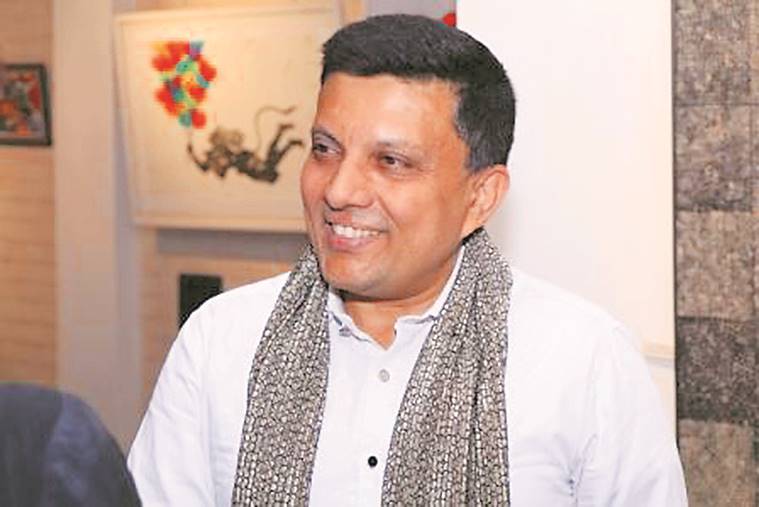
Manav Gupta
Artist
By creating a river bed made up of earthern lamps or the figure of Noah’s Arc using traditional diyas, which is currently on display at Delhi’s Indira Gandhi National Centre for the Arts as part of an exhibition “Arth: Art for Earth”, artist Manav Gupta has lent the quintessential Diwali decorative element a new idiom. He says, “I have used the diya as a metaphor for the earth and inverted it in many of my works. The way diya is used is very different in Indian festivals like Diwali. This is the only time when it is picked up from the streets, put at the altar and worshipped as a conduit of prayers, and then discarded. That is the metaphor I use for the earth and how we use its resources.”






















No hay comentarios:
Publicar un comentario